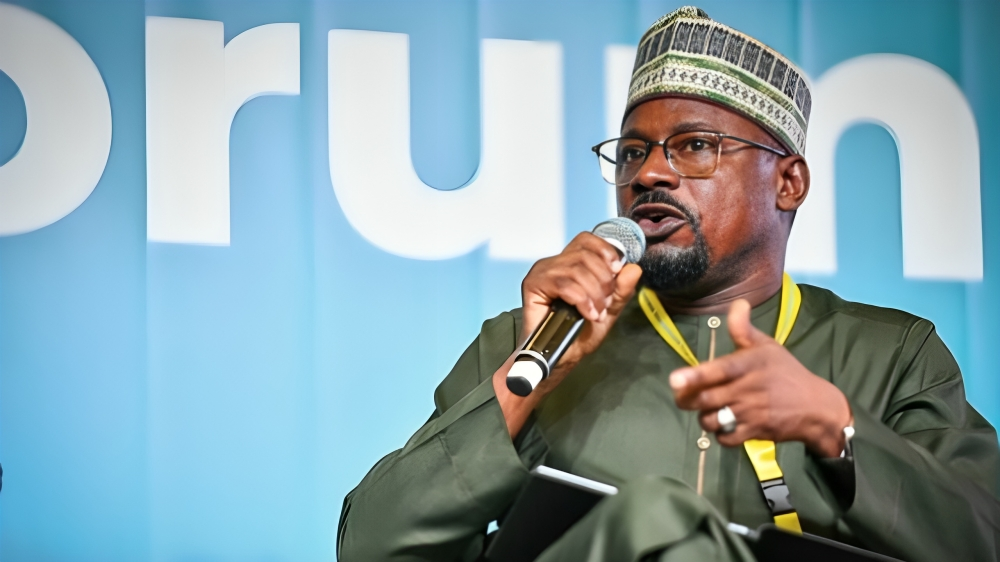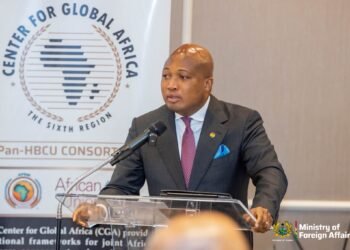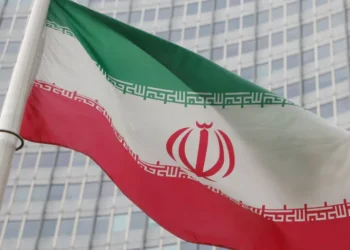The Managing Director of the Rural Electrification Agency (REA), Abba Aliyu, has identified solar energy as the most economically viable model of power generation for Nigeria, stressing its growing importance in the nation’s energy mix.
Aliyu explained that while the federal government continues to explore diverse energy sources such as wind and biomass, solar remains the most feasible option for sustainable and affordable electrification, especially in underserved rural communities.
“The most economically viable energy mix now is the solar that we have seen. There are others that we are still discussing, wind, biomass.
“We tried biomass, but when we see the cost of moving the garbage from where they are being dumped to the processing zone and processing it, the tariff was way above the limit that we can allow.”
Abba Aliyu, MD of Rural Electrification Agency (REA)
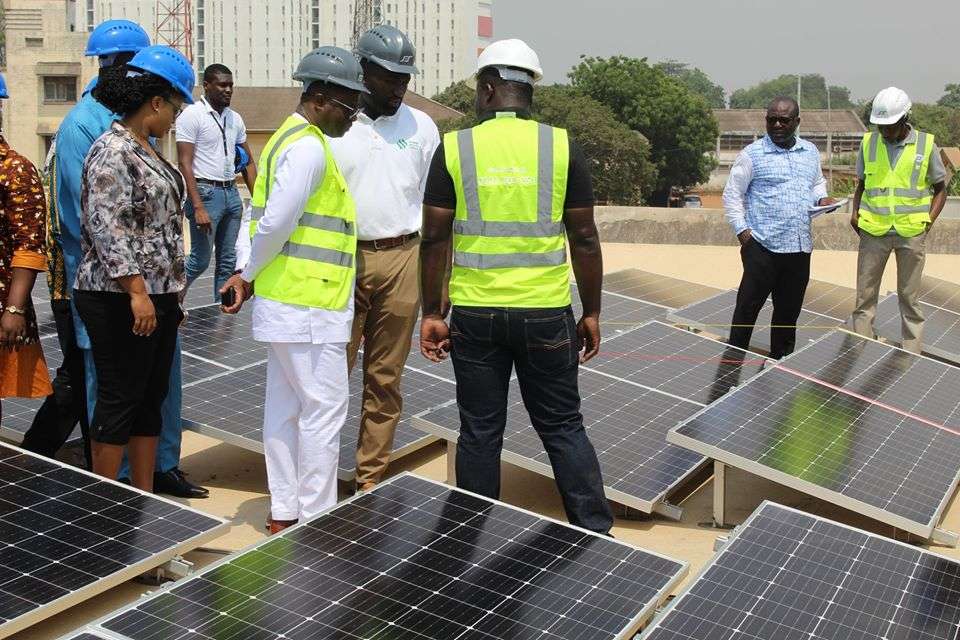
The REA boss noted that biomass power generation had to be suspended due to its high processing costs, which made tariffs unsustainable for both the government and consumers. “That is why we are yet to incentivize that,” he added.
Aliyu revealed that discussions on wind power are ongoing, with new partnerships aimed at testing its viability.
“We just last week signed an MOU with the Nigerian Wind Energy Council for us to start looking at small wind infrastructure that are economically viable, that the tariff will be within the allowable range. If we get that, we will start deploying other means of generation,”
Abba Aliyu, MD of Rural Electrification Agency (REA)
Rural Communities Paying Above Band A Tariffs
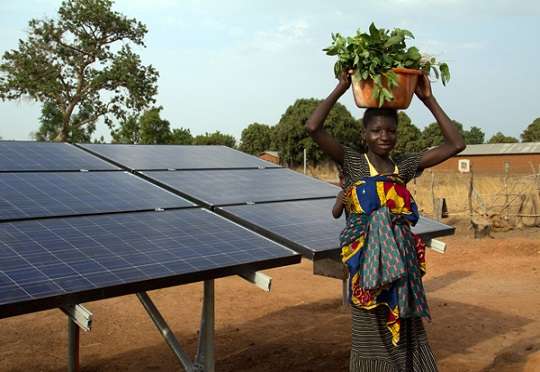
In a surprising revelation, Aliyu disclosed that some rural communities across Nigeria are paying electricity tariffs significantly higher than Band A customers, who currently pay N209.50 per kilowatt-hour.
“There are rural areas, rural of the rural, that pay tariff much more than what you are even paying in Band A.
“There are areas that the tariff is even close to two hundred and fifty (250), two hundred and eighty (280).
Abba Aliyu, MD of Rural Electrification Agency (REA)
Aliyu added, “They use their mobile phone to pay for the electricity, and they enjoy it.”
According to him, the tariffs paid by rural communities depend largely on the total cost of infrastructure deployed by the REA to deliver electricity in those areas.
In some cases, because of the remoteness of the communities and the cost of deploying stand-alone solar mini-grids, the tariffs exceed what urban dwellers pay. “It’s subjective on the total cost of infrastructure that we deploy within those communities.” Aliyu clarified.
Despite the higher costs, he emphasized that rural dwellers willingly pay these tariffs because of the reliability and convenience of supply. “They use their mobile phones to pay for the electricity, and they enjoy it,” he reiterated.

Aliyu’s comments underscore the challenges and opportunities in Nigeria’s electrification drive.
With over 80 million Nigerians still lacking access to reliable power, the REA has been at the forefront of deploying decentralized energy solutions, particularly solar mini-grids, to bridge the gap.
While applauding the REA’s initiatives, experts caution that balancing affordability with sustainability remains critical.
Some argue that tariffs above Band A could discourage adoption in poorer rural communities unless subsidized. Others, however, see it as a necessary trade-off to ensure rural electrification projects remain financially viable and attract private investment.
“What we are doing is not just about powering homes.
“It’s about powering schools, clinics, and small businesses. It’s about transforming rural economies and ensuring no community is left behind.”
Abba Aliyu, MD of Rural Electrification Agency (REA)
Aliyu maintained that the government is committed to exploring all viable alternatives, including wind and other renewable sources, but insists that solar will remain at the center of Nigeria’s electrification strategy.
READ ALSO: Ghana Set to Smash All 2025 Economic Targets – IC Research Hails Strong H1 Performance

